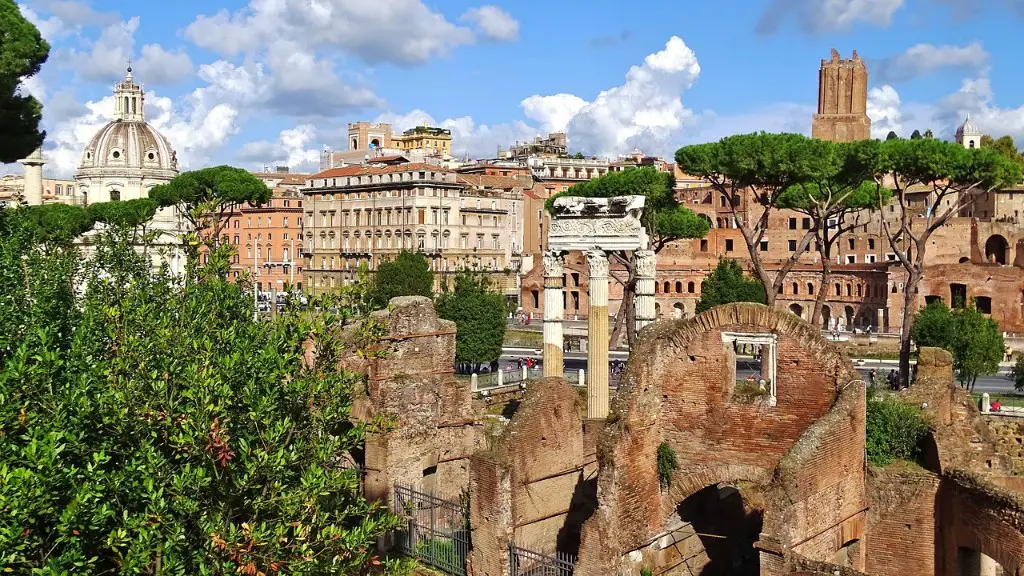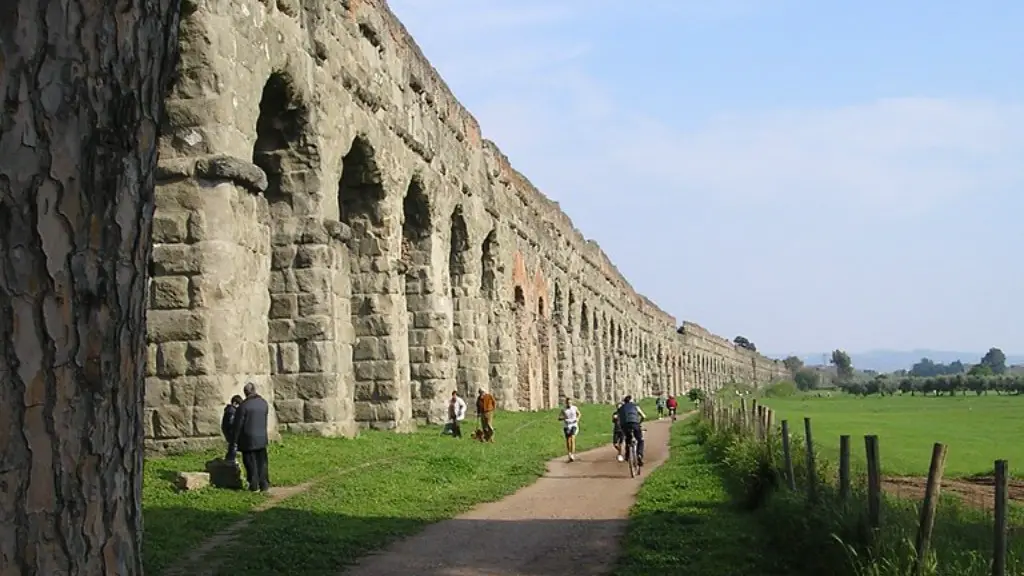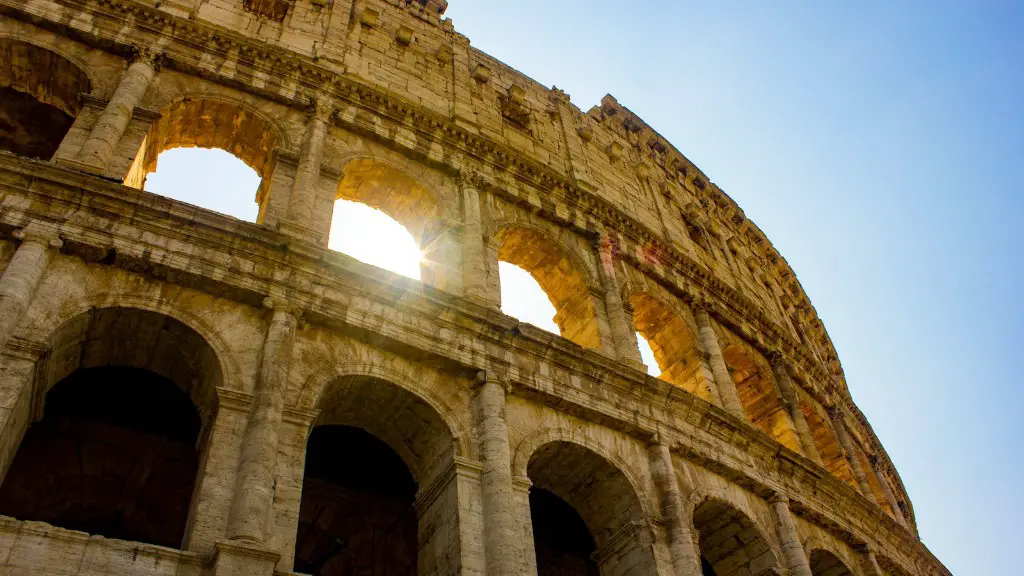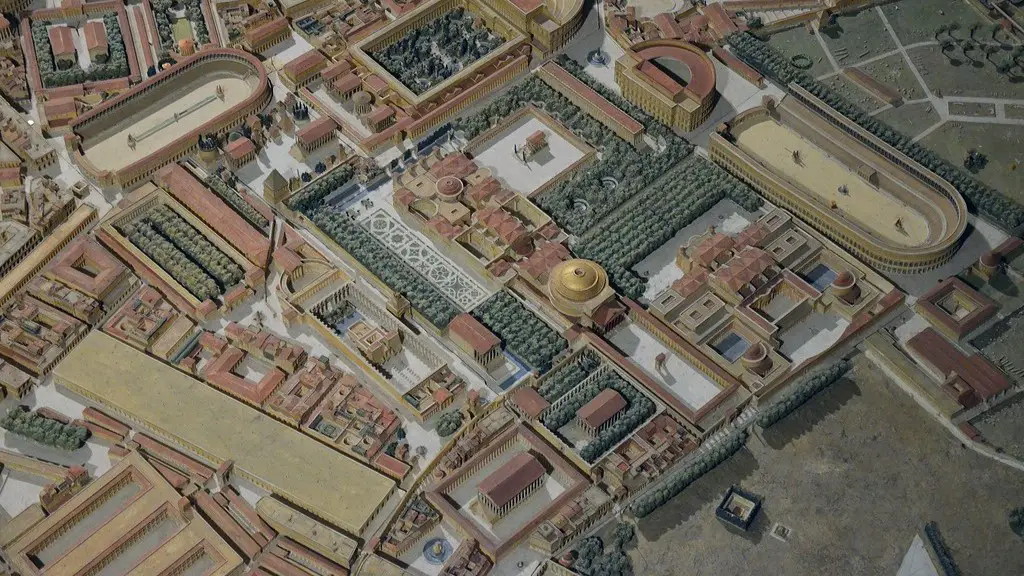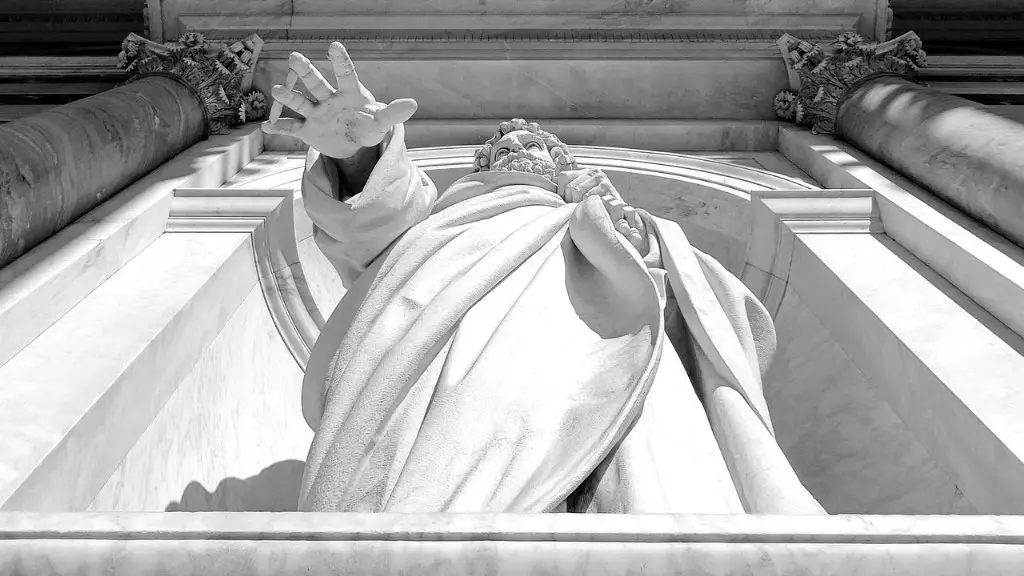There are many ways in which Ancient Rome and Ancient Egypt are alike. They were both great empires with long, rich histories. They both had impressive architecture and art, and were home to many famous historical figures. They also shared similar beliefs and practices, such as the worship of multiple gods and the importance of burial ceremonies. While there are many similarities between these two ancient civilizations, there are also some key differences. For example, Ancient Rome was a republic, while Ancient Egypt was ruled by pharaohs. Ancient Rome also had a strong military tradition, while Ancient Egypt was known for its wealth and resources.
Ancient Rome and Ancient Egypt were both powerful empires with a rich culture that influenced the world for centuries. Both empires were founded by strong leaders and expanded their territory through military conquest. They also both had a complex system of government with a large bureaucracy. Both civilizations were known for their impressive architecture and engineering feats, such as the pyramids and the Coliseum. They also both had a thriving economy based on trade and agriculture. Finally, both empires were eventually overtaken by barbarian invasions.
What is the connection between Egypt and Rome?
Egypt became an important province of Rome because it was a source of grain and a trade center. For several hundred years, Egypt was a source of great wealth for Rome. When Rome split in the 4th century, Egypt became a part of the Eastern Roman Empire (also called Byzantium).
The Early period of ancient Egypt dates back approximately 3,000 years before Rome. However, the Egyptian civilization continued until the Roman conquest of the Ptolemaic Kingdom in 30 BCE. This period of Egyptian history is therefore sometimes referred to as the Late period.
Is Roman and Egypt the same
Egypt was a Roman province from 30 BC to 641 AD. The Roman Empire annexed the Ptolemaic Kingdom after the battle of Alexandria in 30 BC. Egypt was ruled by a series of Roman and Byzantine governors until the Muslim conquest in 641 AD.
Mesopotamia and Ancient Egypt had many similarities. The both emerged as civilizations between roughly 3500 and 3000 BCE, and due to their locations in river valleys they could both support massive populations through farming.
Both civilizations were also great builders, erecting massive structures like the pyramids and the ziggurats. They were also both early adopters of writing, developing systems that would be used for centuries.
While there were many similarities between the two, there were also some key differences. Ancient Egypt was a much more centralized civilization, with a strong pharaoh at the head of the government. Mesopotamia, on the other hand, was divided into many small city-states, each with its own ruler.
Ancient Egypt was also a much more unified civilization, thanks in part to the Nile River. The Mesopotamian civilization was much more fragmented, and as a result, it was never able to achieve the same level of power or influence.
How did ancient Egypt influence Rome?
The incorporation of Egypt into the Roman empire brought about a new fascination with its ancient culture. Obelisks and Egyptian-style architecture and sculpture were installed in Roman fora. The cult of Isis, the Egyptian mother goddess, had an immense impact throughout the empire.
The Battle of the Nile in 47 BC saw the combined Roman–Egyptian armies of Julius Caesar and Cleopatra VII defeat those of the rival Queen Arsinoe IV and King Ptolemy XIII and secure the throne of Egypt. This was a decisive victory for Caesar and Cleopatra, and it helped to solidify their power in Egypt.
Was Rome influenced by Egypt?
Roman emperors and citizens were heavily influenced by Egyptian religious ideologies. The adoption of astrological practices by Augustus and others was one example that quickly became a part of Roman society and culture. Egyptian religious beliefs heavily influenced the way that the Roman Empire ran its government and society.
For the ancient Greeks and Romans, Egypt was an incredibly fascinating place. They were fascinated not only by the physical features of the country but also by the people, the monuments, and the traditions. They saw Egypt as a land of great mystery and intrigue, and they were always eager to learn more about it.
Did Egypt fall to Rome
Ptolemaic Egypt was a kingdom that was established in 305 BCE by Ptolemy I Soter, a general who served under Alexander the Great. The kingdom was located in present-day Egypt and was ruled by the Ptolemaic dynasty, a family of Greek origin. The kingdom flourished under the Ptolemies and became a leading power in the Mediterranean region. However, civil war amongst the Ptolemies and the death of Cleopatra, the last reigning ruler of Ptolemaic Egypt, lead to the conquest and annexation of Egypt by the Roman Empire in 30 BCE.
Roman Egypt was a religiously diverse and dynamic society, with a mix of Greek, Roman, and Egyptian deities and cults. Syncretism was a common feature of religion in Roman Egypt, with many people adopting elements from multiple traditions.
The most popular deity in Roman Egypt was Isis, the goddess of fertility, motherhood, and healing. Isis was often depicted as a goddess with the head of a cow, and was worshiped in both temples and domestic shrines. Other popular deities included Osiris, the god of the underworld, and Horus, the god of the sun.
Egyptian religion also had a strong influence on Roman religion, and many Roman deities were adopted into the Egyptian pantheon. Roman temples to Egyptian gods such as Isis and Osiris were built in Egypt, and festivals honoring these deities were often celebrated with great pomp and ceremony.
syncretism: the combination of different (often contradictory) beliefs, practices, or styles
What are similarities between ancient civilizations?
While there are many similarities between early civilizations, there are also some key differences. For example, early civilizations developed in different parts of the world and had different climates, which affected the types of crops that could be grown. Additionally, early civilizations had different levels of technological development, which affected the types of buildings and other structures that could be constructed. Finally, early civilizations had different religious beliefs, which influenced their art and architecture.
Ancient Egypt was a civilisation that flourished for more than 3000 years. It is unique in history for its long lasting period of stability and prosperity. The ancient Egyptians were able to achieve this by creating a strong central government, a stable economy, and a strong military. They also developed a thriving culture that produced some of the most impressive architecture and art in the ancient world.
What is Egypt similar to
Iraq is a country that is mostly desert, with most inhabitants living near a major river. Its flag is extremely similar to Syria and Egypt, as they were all derived from the Arab liberation flag. However, its demographics are slightly different, with a higher Shia population than other Arab countries.
It is interesting to note that both Ancient Egypt and Ancient Rome used their feet and walking sticks in similar ways. In particular, elderly people in both cultures used these tools when they were old and could not see very far. Additionally, both cultures used chariots and litters, as well as boats, for transportation. Finally, both cultures had funeral boats that were used to carry a dead person to a funeral and then back to their grave.
What did Egypt Trade to Rome?
The kinds of goods traded varied from region to region. Egypt had grain in plenty, and would eventually become known as ‘Rome’s breadbasket’ during the Roman period, but lacked wood, metal, and other precious stones needed for amulets, jewelry, and other ornamentation.
Although the Romans worshiped many different gods, they also believed in the gods of other religions. When they conquered new areas of land, they would often adopt the local religions and worship the local gods. For example, the Romans adopted the worship of the Ancient Egyptian god Isis.
Who won the war between Egypt and Rome
At the Battle of Actium, Octavian won a decisive victory against Mark Antony and Cleopatra. This victory allowed Octavian to become the first Roman Emperor, Augustus. The Battle of Actium is considered one of the most important battles in history as it ended the civil war that had been raging in Rome for over a decade and ushered in a period of stability and prosperity known as the Pax Romana.
The ancient Egyptians believed in many gods and goddesses. They believed that the gods created the universe and made sure everything was in order. The gods were also involved in everyday life. The gods represented natural forces such as storms, thunder, death and fire.
Warp Up
-Both Ancient Rome and Ancient Egypt were great empires that were very influential in their time periods.
-Both empires had great leaders that helped to shape their respective empires.
-Both empires were very powerful and had a great impact on the world around them.
There are many ways in which ancient Rome and ancient Egypt are alike. Both were great empires with long-lasting legacies. They both had influential cultures that shaped the world in many ways. They also both had major advances in architecture, engineering, and art.
